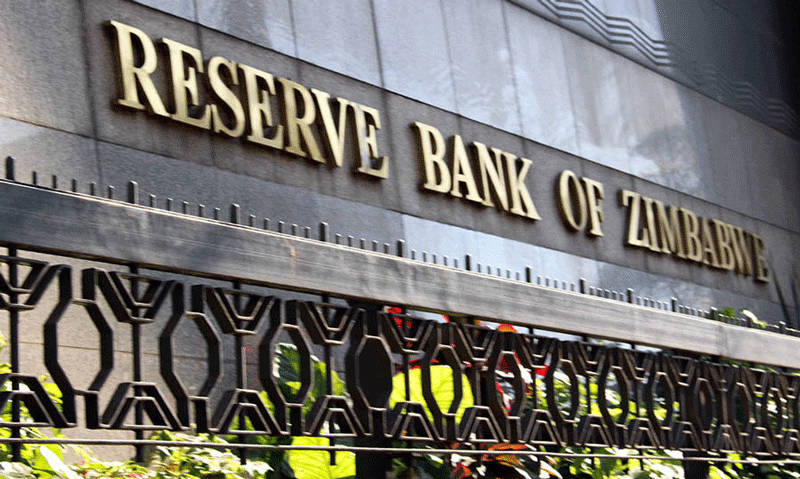
The introduction of Zimbabwe Gold (ZiG) by the Reserve Bank of Zimbabwe (RBZ) in April marked a significant shift in the country's monetary policy. Initially pegged to global gold prices, ZiG was intended to restore confidence in the financial system. However, subsequent developments reveal a complex interplay of market forces, policy decisions, and economic realities that have profound implications for Zimbabwe's economy.
From April to late September, ZiG maintained relative stability on the interbank market, depreciating by a modest 3% against the US dollar. This relative stability, however, was not mirrored in the parallel market, where ZiG depreciated by a staggering 53% over the corresponding period. The divergence between the official and parallel market rates created a substantial exchange premium, exceeding 100%, and opened up significant arbitrage opportunities. This discrepancy underscores the persistent challenges of managing a dual exchange rate system, where the parallel market often reflects underlying economic conditions more accurately than the official rate.
Upon introduction, the ZiG’s value was pegged against global gold prices. Thus, deriving the exchange rate against the US dolar involved dividing the US dollar by gold price per milligram. However, the RBZ also alluded at the inception that going forward, inflation developments would be factored into the official exchange rate. This did not get much attention from April to early August as official and parallel exchange rates were relatively stable, thus stabilising prices.
However, an increase in the supply of ZiG led to spiraling of the parallel rate from mid-August. Meanwhile, the interbank was overwhelmed by demand for US dollars, which led to increased activity on the parallel market. This meant traders had to resort to parallel market pricing/valuation as they depended on the market for foreign currency, leading to spiraling of prices as we got into September. According to earlier proclamation, the RBZ had to factor in these inflation dynamics in exchange rate derivation to realign the official exchange rate with economic realities, and close the premium gap.
On Friday last week, the RBZ took a bold move to devalue ZiG by 43% in a single day. However, instead of instituting a staggered realignment, which could allow the market to gradually adapt and make informed decisions on time, the abrupt devaluation had immediate and far-reaching consequences. The cumulative depreciation of 44% since ZiG's introduction eroded the value of local currency-denominated assets, leading to a sharp decline in the Zimbabwe Stock Exchange (ZSE) All Share Index. The index, which had gained 138% in US dollar terms by September 26th, saw its gains slashed to just 36% following the devaluation.
This stark reduction highlights the vulnerability of asset values to currency fluctuations and the broader economic instability. In future, this will further deter investors from looking the way of Zimbabwe’s capital markets. The timing of the devaluation, coming after most public sector workers had been paid, further exacerbated the economic impact. Salaries paid in local currency were effectively halved in value overnight, reducing purchasing power and likely leading to increased hardship for many households. From a broader perspective, these developments reflect the ongoing struggle to achieve macroeconomic stability in Zimbabwe. The persistent influence of the parallel market and inflationary pressures reveal deeper structural issues. As often said, once bitten, twice shy.
The impact of the recent devaluation is directly proportional to respective institute’s rate of “response to stimuli”. This is because most institutions and individuals have since created mechanisms to mitigate exchange losses emanating from common inconsistent policies in Zimbabwe, as this is practically going to sustain for as long as we can foresee.
However, for continuity’s sake, common mechanisms that one could implement include diversification of assets (real estate, stocks, precious metals and durable-sellable goods); holding foreign currency; accessible inflation-protected securities; maintaining liquidity in hard currency to take advantage of economic downturns or cover unexpected expenditures; and last and most importantly - staying informed about economic and policy developments in a bid to hasten response to changes
- Rampaging inflation hits Old Mutual . . . giant slips to $9 billion loss after tax
- Monetary measures spur exchange rate stability: RBZ
- Zim deploys IMF windfall to horticulture
- Banker demands $21m from land developer
Keep Reading
Duma is a financial analyst and accountant at Equity Axis, a leading media and financial research firm in Zimbabwe. — twdumah@gmail.com or tinashed@equityaxis.com, Twitter: TWDuma_










